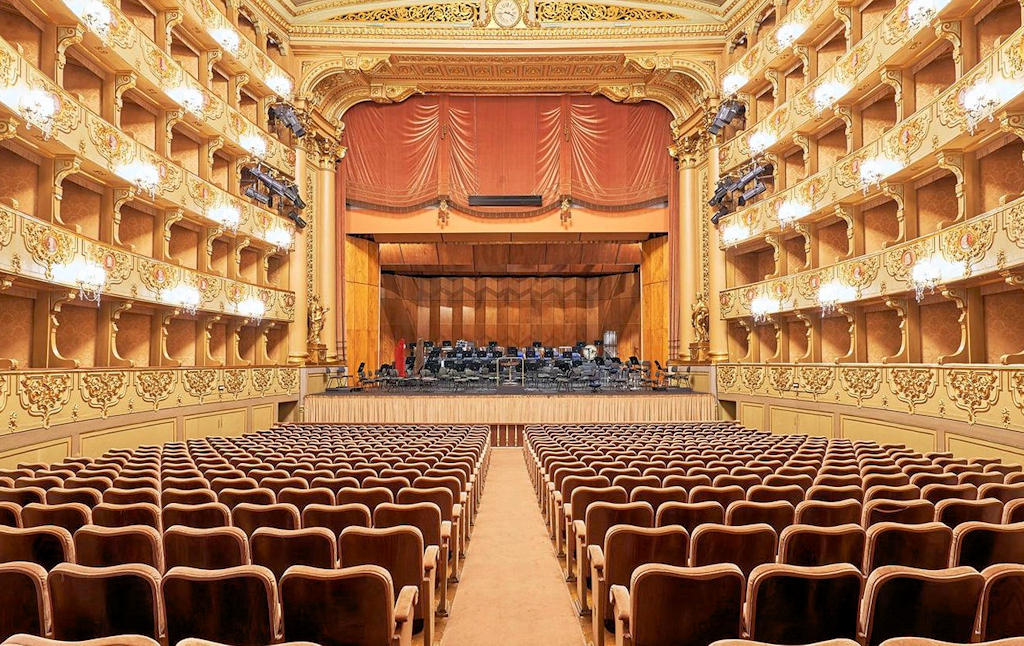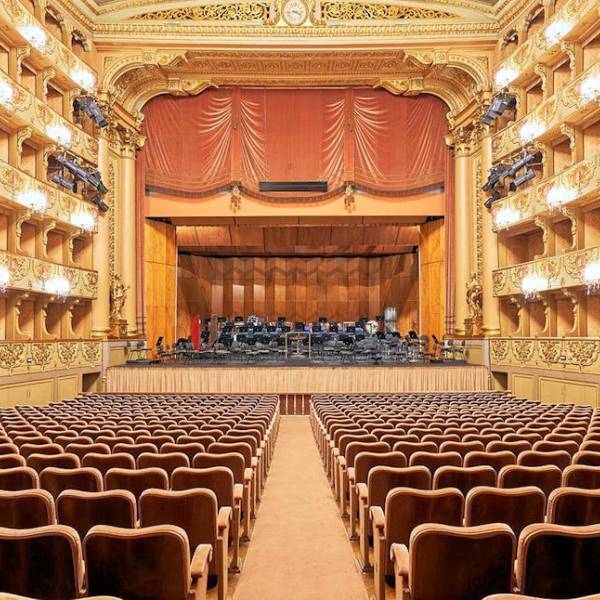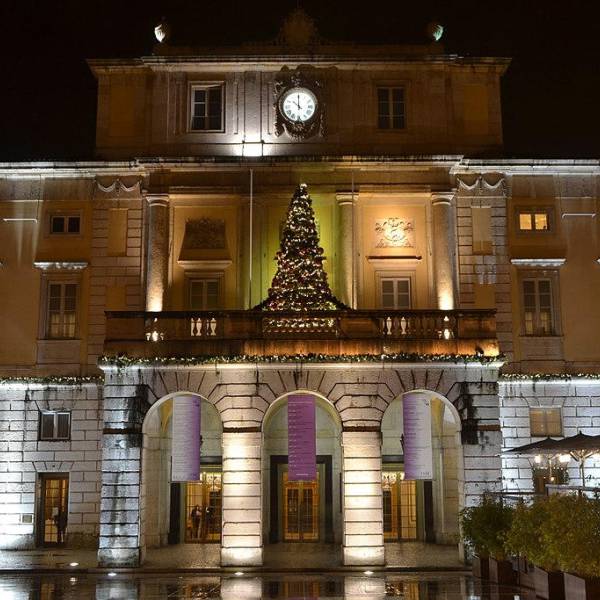The decision to build the theater in 1792 was driven by the political climate and a hostile stance towards Enlightenment ideas. To justify its construction, it was presented as a source of revenue for a charitable cause, the Casa Pia, which had been established in 1780 by Intendant Pina Manique. It was through his influence as the former police intendant and a trusted confidant of Prime Minister Sebastião José de Carvalho e Melo that permission was granted by the Crown. Behind the official justification, however, were the interests of a group of prominent Lisbon merchants, including tobacco contractors, who had thrived during the Pombaline era and sought to modernize Portuguese society. One of these merchants, Joaquim Pedro Quintela, later elevated to the rank of Baron in 1805, sold the land for the theater construction. He included in the deal the ownership of a prime first-order box, complete with annexes and private access to the street, located adjacent to the royal family's proscenium-side box.
The financing of the theater's construction was not through patronage but rather a "banking" loan provided by a consortium of merchants, as formal banks did not yet exist in Portugal at that time. The loan was only repaid by the State in 1854, effectively making the theater public property. However, the box originally owned by the Quintela family only became state property in 1940. The financing consortium included Anselmo da Cruz Sobral, José Pedro Quintela, Jacinto Fernandes Bandeira, João Pereira Caldas, and António José Ferreira.
Even before the construction of Teatro Nacional de São Carlos, a group of Lisbon's prominent merchants, including the Quintela family, had played a decisive role in the theater scene during the reign of King Dom José. They established the Sociedade para a Sustentação de Teatros Públicos (Society for the Support of Public Theaters) in 1771, authorized by royal charter. This society facilitated the operation of two public theaters, namely the Teatro da Rua dos Condes, dedicated to Italian opera, and the Teatro do Salitre, showcasing Portuguese-language drama and comedy.
In 1755, during the Enlightenment period, the Crown itself inaugurated the lavish "Ópera do Tejo", a court theater attached to the former Paço da Ribeira, which was accessible only by invitation. However, this Opera House was active for only a few months before it was destroyed by the earthquake on November 1, 1755. With the opening of Teatro Real de São Carlos, Italian opera was no longer performed at the Teatro da Rua dos Condes.
The theater was named after Princess Carlota Joaquina of Spain, who was the wife of Prince Regent Dom João and later Queen Consort of Portugal. The choice of the name "São Carlos" was a tribute to both Saint Charles Borromeo, the patron saint of the royal family, and King Charles III of Spain, who was Carlota Joaquina's father.
Lisbon.vip Recommends
Over the years, the theater has undergone several renovations and restorations to preserve its historical and architectural significance. One notable restoration took place in the mid-20th century, which aimed to bring the theater back to its original splendor. Today, visitors can admire the grandeur of its neoclassical and rococo features, including the ornate ceiling, plush red velvet seating, and magnificent chandeliers.
Teatro Nacional de São Carlos continues to be the main venue for opera in Lisbon, presenting a diverse repertoire that includes both classic and contemporary works. It serves as the home of the Portuguese National Opera Company, providing a platform for local talent and international collaborations. In addition to its opera performances, the theater also hosts concerts by renowned orchestras, dance performances by ballet companies, and occasional theater productions. Its stage has witnessed the brilliance of world-class artists, captivating audiences with their artistic expressions.
Beyond its cultural significance, Teatro Nacional de São Carlos holds an important place in the historical and architectural heritage of Lisbon. Its location in the vibrant Chiado district, surrounded by historic buildings, adds to its allure. The theater stands as a symbol of Portugal's rich cultural heritage and its commitment to the arts.
Visiting Teatro Nacional de São Carlos offers not only a chance to witness exceptional performances but also an opportunity to immerse oneself in the grandeur and elegance of a bygone era. Whether you are an opera enthusiast, a lover of the arts, or simply a curious visitor, this majestic opera house is sure to leave a lasting impression.
Map View





